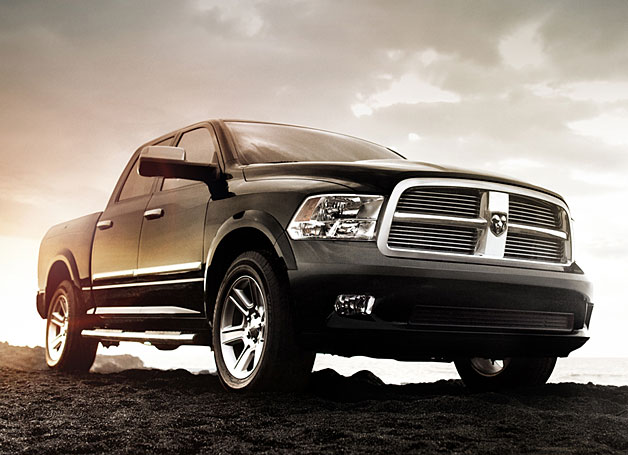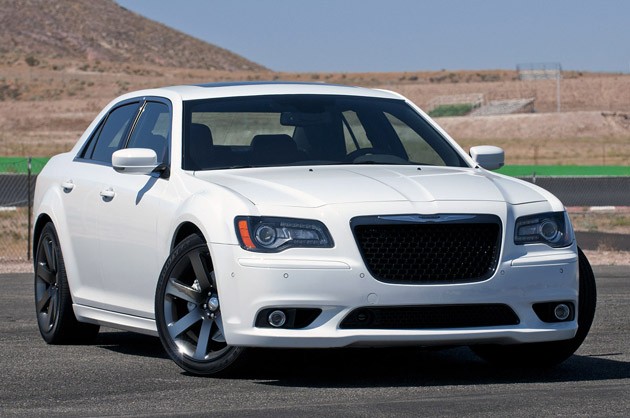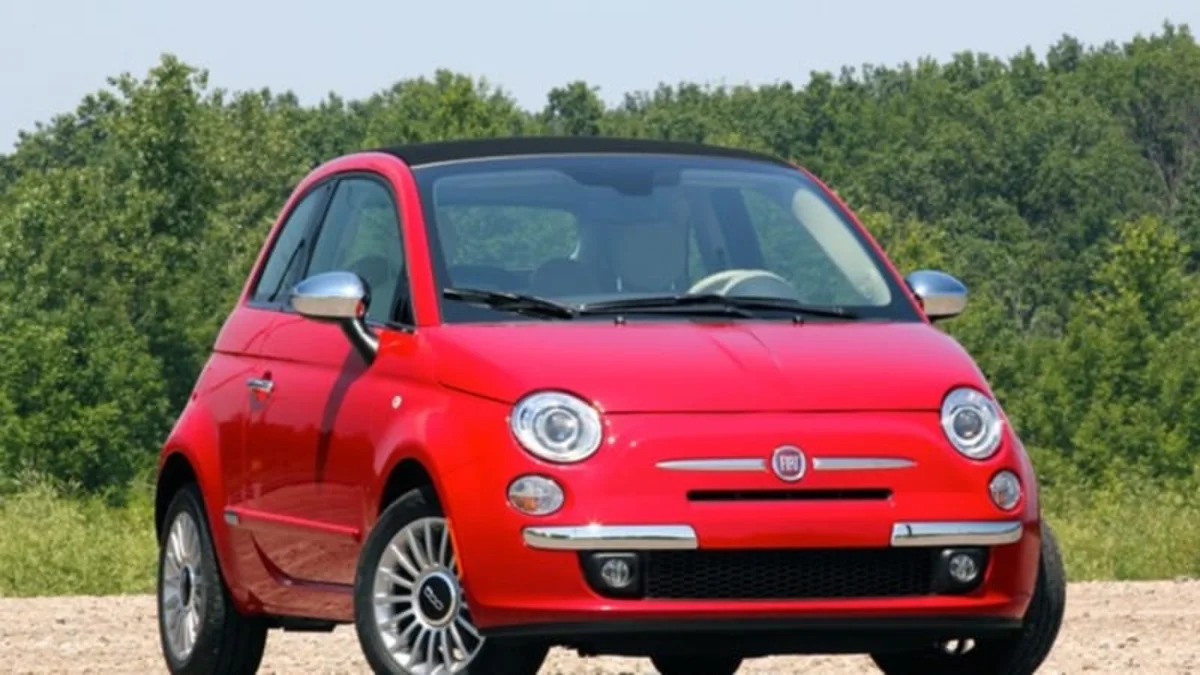As regular readers know, I set out this year to interview as many Detroit automaker executives as I could at the Detroit and Chicago auto shows to get their takes on meeting future fuel economy standards. And these reports are generating a lot of comments.
For example, "Nick" responded to my Ford interviews: "I don't get how 'electrifying global platforms' is any good. They're essentially taking cars that were 100% engineered with ICE in mind, and 'adapting' them into EVs. Not an optimal solution, to say the least. You end up with a car that looks exactly like its ICE counterpart, costs $15k more, is heavy and has poor range. Tesla is a billion miles ahead of these clowns."
Nick is right that electrified conventional vehicles will be somewhat heavier and less efficient than dedicated-platform cars, but Ford has chosen the former path for its early EVs because the latter is hugely expensive. Ford (and virtually all others) believe that potential EV buyers will be willing to sacrifice some range for much more affordable prices.
The idea that designing, developing and building unique, dedicated-platform EVs instead of electrifying conventional ones would result in lower costs is completely wrong. And I'm wondering what credentials justify Nick's calling Ford's incredibly hard-working, capable and dedicated engineers "clowns." And why he thinks, "Tesla is a billion miles ahead" of them. Really? How many dedicated-platform EVs has Tesla sold?
That said, let's start our Chrysler CAFE interviews at the very top with Chrysler (and parent company Fiat) CEO Sergio Marchionne. "If you ask GM and Ford," he said, "we all have the same types of technology, and we all carry the same burden in terms of the sizes of vehicles we are manufacturing. The 50-plus miles per gallon by 2025 cannot be achieved by just redesigning established combustion technologies. We know that some type of hybrid solution needs to be implemented, and if we don't make [sufficient] changes in combustion engines, hybrids will become the mainstay in the United States. At that point, economies of scale will drive down cost. They will never be equivalent, but they will come down. But if you think we're going to get there without passing on additional costs to the consumer, I've got news for you: we will have to.

Fred Diaz, Chrysler's Ram Truck president and CEO, asserted that in his end of the business, both affordability and capability are key. "You can't lose what a truck can do," he said, "yet it has to be affordable. That is a huge challenge. But we have a group of product designers and engineers that I would put up against any in the entire world. Our partnership with Fiat and the technologies they have, coupled with ours, is a match made in heaven. That is what will give us the ability to whip these CAFE standards without sacrificing capability, and while keeping our prices affordable."
Ralph Gilles, vice president of both Chrysler Design (styling) and the company's high-performance SRT (Street and Racing Technology) Groups, said: "We are working hand-in-glove with Bob Lee's team on the engineering side, and we can do a lot with aerodynamics without doing jellybeans. There are a lot of tricks to making a car wind cheating, and things that look sleek are not necessarily the most aerodynamic.
But isn't that adding cost, both in wind tunnel time and added hardware? "That's the reality we live in," Gilles responded. "The Europeans have been doing it for a long time. They have been having fuel price challenges forever, and they have always approached aerodynamics as an art. Now we're seeing that stateside.

Switching gears from design to performance, I asked whether Chrysler will have to offer much less of it and price it much higher. "SRT is fairly modest volume," he said, "so it has little impact on CAFE. And we do [improve efficiency] where we can. For example, nearly all of our 2012 Hemi engines have the four-cylinder mode and no problem staying in it a lot of the time. We are looking at different displacements, and pressure charging. But I think performance is here to stay. Over the years, every time it has gone away, it has come back."
I asked how large a role electrification will play, and how can Chrysler make EVs more affordable and acceptable to U.S. buyers. "We have announced that there will be an electric Fiat 500," he responded, "but I think acceptability is an open issue, still a question mark."
Yes, it is. Next time, I'll report on what a variety of GM leaders had to say about it.
For example, "Nick" responded to my Ford interviews: "I don't get how 'electrifying global platforms' is any good. They're essentially taking cars that were 100% engineered with ICE in mind, and 'adapting' them into EVs. Not an optimal solution, to say the least. You end up with a car that looks exactly like its ICE counterpart, costs $15k more, is heavy and has poor range. Tesla is a billion miles ahead of these clowns."
Nick is right that electrified conventional vehicles will be somewhat heavier and less efficient than dedicated-platform cars, but Ford has chosen the former path for its early EVs because the latter is hugely expensive. Ford (and virtually all others) believe that potential EV buyers will be willing to sacrifice some range for much more affordable prices.
The idea that designing, developing and building unique, dedicated-platform EVs instead of electrifying conventional ones would result in lower costs is completely wrong. And I'm wondering what credentials justify Nick's calling Ford's incredibly hard-working, capable and dedicated engineers "clowns." And why he thinks, "Tesla is a billion miles ahead" of them. Really? How many dedicated-platform EVs has Tesla sold?
That said, let's start our Chrysler CAFE interviews at the very top with Chrysler (and parent company Fiat) CEO Sergio Marchionne. "If you ask GM and Ford," he said, "we all have the same types of technology, and we all carry the same burden in terms of the sizes of vehicles we are manufacturing. The 50-plus miles per gallon by 2025 cannot be achieved by just redesigning established combustion technologies. We know that some type of hybrid solution needs to be implemented, and if we don't make [sufficient] changes in combustion engines, hybrids will become the mainstay in the United States. At that point, economies of scale will drive down cost. They will never be equivalent, but they will come down. But if you think we're going to get there without passing on additional costs to the consumer, I've got news for you: we will have to.
"We know how to do it technically," he continued. "I think there are unexplored areas of inefficiency in combustion that will give us much greater opportunity than people think, and we are just beginning to experience ways in which we can reduce the energy demands of a vehicle. This is going to require the efforts of everybody on the engineering side to get it done. If anybody sits back and says, 'I can't find the answer by 2025,' they shouldn't be in this business. I don't have a silver bullet, but our guys are on it. We will have the answer, and we will grow with it as we progress through development."If anybody sits back and says, 'I can't find the answer by 2025,' they shouldn't be in this business.

Fred Diaz, Chrysler's Ram Truck president and CEO, asserted that in his end of the business, both affordability and capability are key. "You can't lose what a truck can do," he said, "yet it has to be affordable. That is a huge challenge. But we have a group of product designers and engineers that I would put up against any in the entire world. Our partnership with Fiat and the technologies they have, coupled with ours, is a match made in heaven. That is what will give us the ability to whip these CAFE standards without sacrificing capability, and while keeping our prices affordable."
Mike Manley, president/CEO of Chrysler's Jeep brand, said that Jeeps are known for their capabilities, but those have come with a lot of weight. "With new technologies and materials," he said, "we can remove a lot of weight while maintaining capability. But that does cost money, and at the end of the day, the customers who will have to pay for it. When people think of fuel economy, they tend to think of powertrain – for example, we're putting diesel into Grand Cherokee because of its fuel economy benefits and capability. But full-vehicle efficiency – parasitic losses, rolling resistance, aerodynamics – also plays a major role."With new technologies and materials, we can remove a lot of weight while maintaining capability. But that does cost money.
Ralph Gilles, vice president of both Chrysler Design (styling) and the company's high-performance SRT (Street and Racing Technology) Groups, said: "We are working hand-in-glove with Bob Lee's team on the engineering side, and we can do a lot with aerodynamics without doing jellybeans. There are a lot of tricks to making a car wind cheating, and things that look sleek are not necessarily the most aerodynamic.
"The hours we spend in the wind tunnel have quadrupled. We used to spend maybe 100 hours on a car. Now we're spending 300 to 400 hours, because everything matters, even the underbody. If you look under the [2013 Dodge] Dart, you'll see aero treatments all over the bottom to give us a little more freedom on the top side."The Europeans have been having fuel price challenges forever, and they have always approached aerodynamics as an art. Now we're seeing that stateside.
But isn't that adding cost, both in wind tunnel time and added hardware? "That's the reality we live in," Gilles responded. "The Europeans have been doing it for a long time. They have been having fuel price challenges forever, and they have always approached aerodynamics as an art. Now we're seeing that stateside.

Switching gears from design to performance, I asked whether Chrysler will have to offer much less of it and price it much higher. "SRT is fairly modest volume," he said, "so it has little impact on CAFE. And we do [improve efficiency] where we can. For example, nearly all of our 2012 Hemi engines have the four-cylinder mode and no problem staying in it a lot of the time. We are looking at different displacements, and pressure charging. But I think performance is here to stay. Over the years, every time it has gone away, it has come back."
Olivier Francois, head of Fiat Global and Chrysler's chief marketing officer, pointed out that Fiat has the lowest fleet average CO2 emissions in Europe for the fourth year in a row. "No one is better than us," he said. "This is due to technologies like our new Twin Air engine, which was elected best engine of the year for 2011. A couple years ago, it was Multi-Air – now on the U.S. Dodge Dart – which gives 10 percent more power and 10 percent less consumption. When it comes to diesel, Fiat invented common rail, then sold that technology to others. There are areas where Fiat cannot be challenged, and one is fuel economy. So Fiat being part of the Chrysler Group will help, and probably all the Fiat technologies will be important in Detroit cars. We will have the best of both worlds."There are areas where Fiat cannot be challenged, and one is fuel economy.
I asked how large a role electrification will play, and how can Chrysler make EVs more affordable and acceptable to U.S. buyers. "We have announced that there will be an electric Fiat 500," he responded, "but I think acceptability is an open issue, still a question mark."
Yes, it is. Next time, I'll report on what a variety of GM leaders had to say about it.


Sign in to post
Please sign in to leave a comment.
Continue